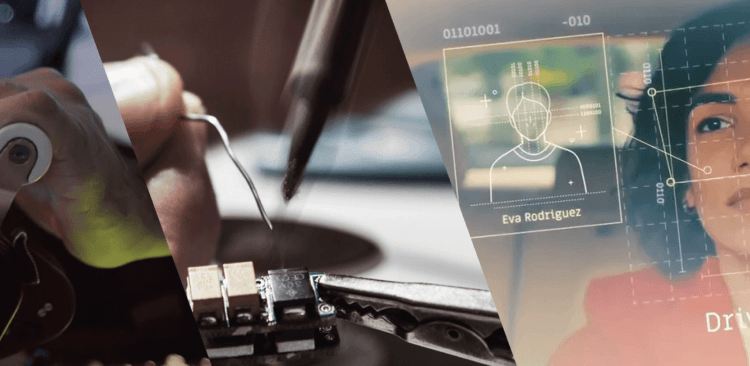EN


Eye tracking is an innovative area of technology that is rapidly gaining traction. By analyzing people’s eye and head movements, we can uncover insights regarding participant behavior and mindset during a wide variety of situations.
These are just a few examples of how researchers are using eye tracking to gain a greater understanding of human behavior:
– Increasing the understanding of ocular disease and improve its treatment.
– Identifying various neurological conditions, such as autism spectrum disorder and Alzheimer’s disease.
– Training tomorrow’s pilots in aviation and aerospace by helping them correct their scanning techniques for future flights.
– Training train engineers to enhance train operation safety
– Improving automotive simulations and contributing to a greater understanding of human behavior in vehicles.
– Supporting people with limited mobility by assisting them to express their thoughts, needs, ideas and feelings through their eye movements in an effort to help improve their quality of life.
The basic concept of optical eye tracking is capturing and analyzing usually infrared light reflected from the eye using remote cameras or another optical sensor. Mathematical calculations are then performed to determine where the eye was looking.
For example, this is how a camera-based, AI-powered eye tracking system (such as what Smart Eye develops) works:

